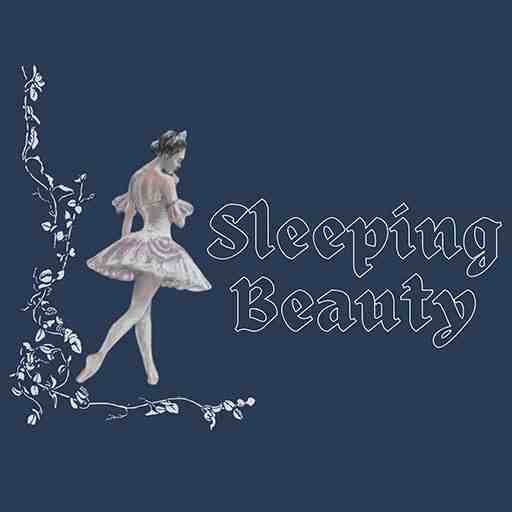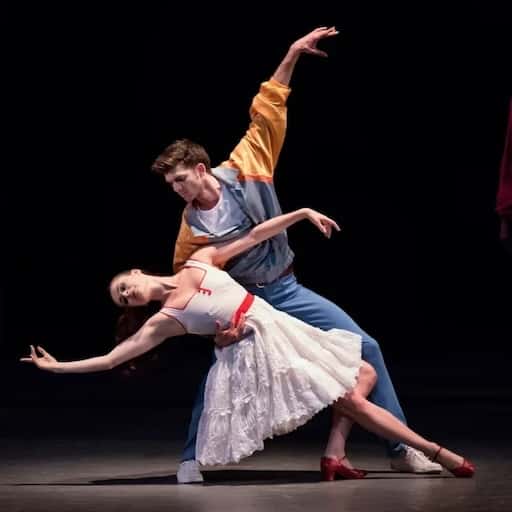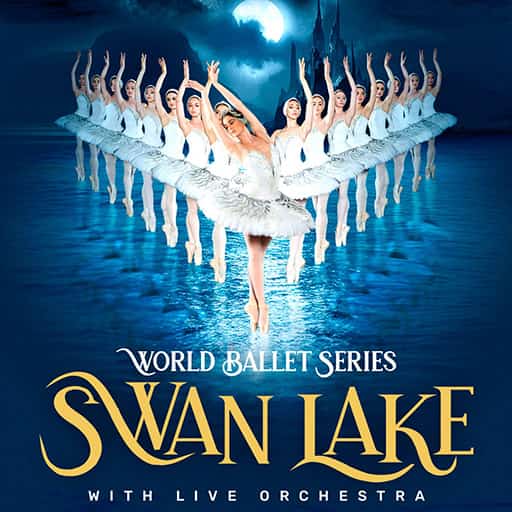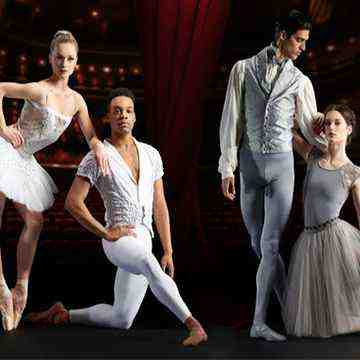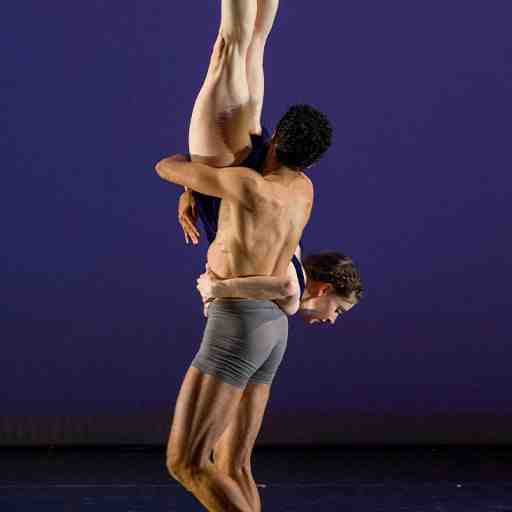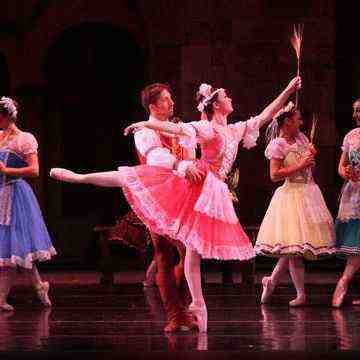‘Sleeping Beauty’ is the name of a ballet that has three acts with music by Pyotr Ilyich Tchaikovsky and that was originally choreographed by Marius Petipa It is one of Tchaikovsky’s ballets and is well-known today, like ‘Swan Lake’ and ‘The Nutcracker’. This ballet first premiered at the Mariinsky Theatre in St Petersburg, Russia in 1890.
Plot Overview
‘Sleeping Beauty’ is adapted from Charles Perrault’s fairy tale ‘La Belle au Bois Dormant’, retaining elements found in the Brothers Grimm version. The story of Princess Aurora tells of her being cursed by the malevolent fairy Carabosse to die on her 16th birthday after sticking her finger in a spinning wheel. The kind Lilac Fairy alters the spell to make Aurora not die, but sleep, only to be awakened by the kiss of a prince.
The ballet is structured into a prologue and three acts:
- Prologue (The Christening): The royal couple celebrate the christening of their daughter Princess Aurora, and invite several fairies to give gifts to the newborn princess. Their party is rudely disturbed, however, by Carabosse, who had not been invited to the christening, and curses Aurora in a fit of pique.
- Act I (The Spell): On the prince’s 16th birthday, at his christening, she pricks herself on a spinning wheel on which Carabosse has concealed himself, and everyone in the kingdom falls into a long sleep.
- Act II (The Vision and the Awakening): A century later, Prince Désiré sees the Lilac Fairy who shows him the image of Aurora. Enchanted by her beauty, he follows the Lilac Fairy to the sleeping kingdom asleep, kissing Aurora and breaking the spell.
- Act III (The Wedding): The ballet ends with the wedding of Aurora and Prince Désiré, celebrated by various characters of fairytale lore.
Musical and Choreographic Highlights
Tchaikovsky’s music, written to precede Marius Petipa’s choreography for the ballet Sleeping Beauty, is recognized for its melodies, lush harmonies, and exceptional orchestration. The music, in both the ballet and the opera, is perhaps the most complex and gorgeous ever written. In the original 19th-century choreography for Sleeping Beauty, the highly technical Royal Ballet style features expressive pas de deux (duets for dancers) and character dancing together with a mixture of elegance and histrionics in a romantic ballet about an enchanted princess. The principal dancers’ technical virtuosity and expressiveness are particularly highlighted in the characters of Princess Aurora and Prince Désiré.
Legacy and Adaptations
The ballet has been revised and revised again, with choreographic versions created by George Balanchine, Rudolf Nureyev, Sir Peter Wright, and more. But its seminal performance will always exist, thanks to its music, story, and the artistry of Vivian Ellis’s scenic production, Alan Glen’s costumes, Alice Du Harvard’s sets, and especially the towering duets of the lead characters in both the version of Sleeping Beauty that premiered in 1946, and in its many variants thereafter, right up to the present day. In short, Sleeping Beauty is a true classic and will continue to be both a staple and a delight in the performance repertoire of ballet for years to come.
